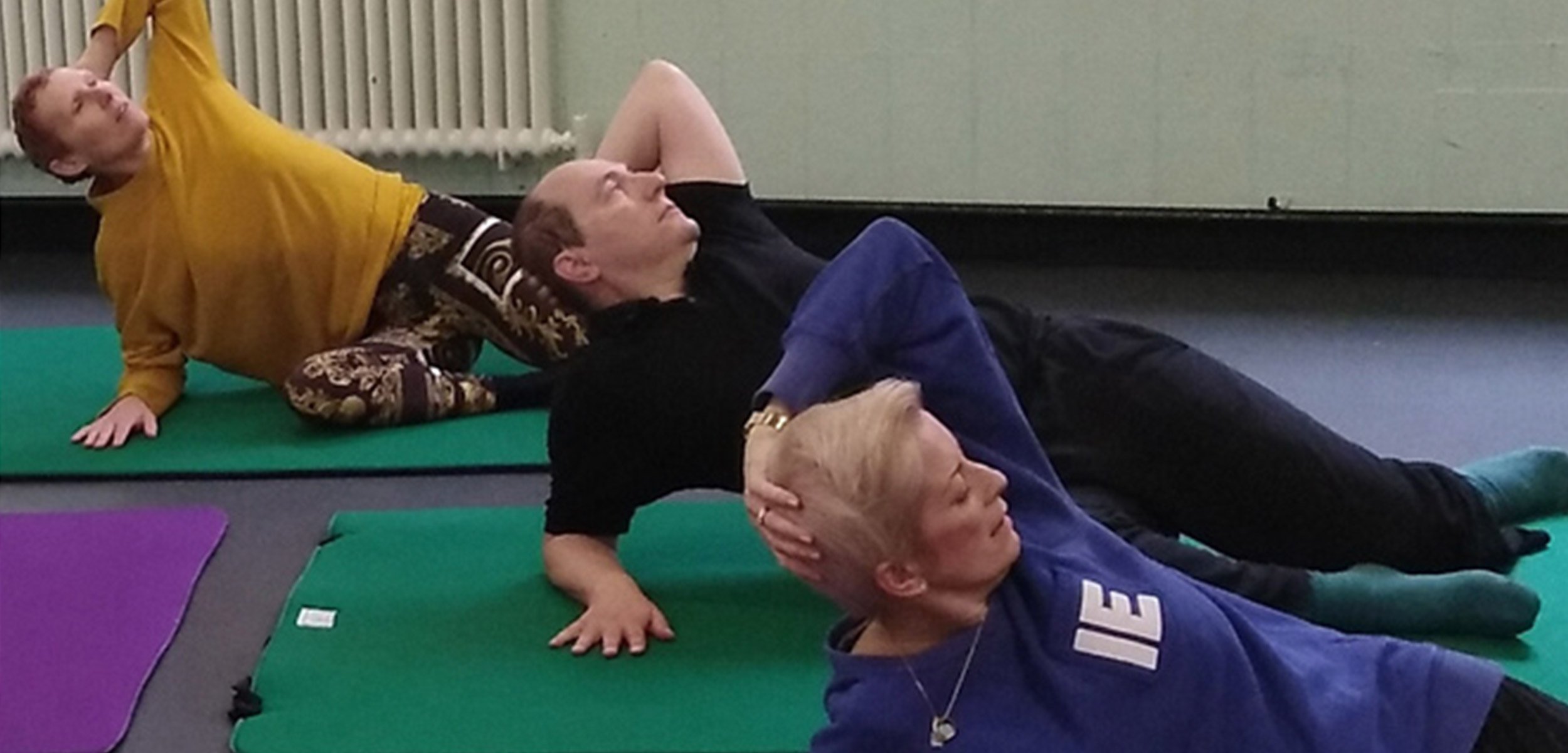Five benefits to Feldenkrais
The Feldenkrais Method was developed by Dr. Moshe Feldenkrais, D.Sc. (1904-1984). He created an experiential process, whereby an individual is guided through a series of movement- and sensation-based exploration, and invited to see which feels easier, or is performed with less effort. People can adapt their behaviours to take on ones that are more beneficial and less stressful than those which they usually resort to. This alleviates tension on the body and eases stress, having numerous benefits.
Here’s five benefits to Feldenkrais:
Awareness
At the heart of Feldenkrais is the idea of awareness through movement. By becoming more aware of the body and how it moves through space and is experienced by the individual, a person is able to connect mind and body with their surroundings.
Breath
Many people report feeling that they breathe more freely after Feldenkrais. This in turn reduces stress levels and lessens impact on the nervous system. Deep breaths mean more oxygen is taken in, which nourishes the body and brain.
Relieve tension
Muscular tension develops when you use more muscular effort than you need to, usually as a result of habit. Tension and contraction can cause pain and fatigue. Feldenkrais offers techniques to relieve tension and help relax the muscles.
Increased vitality
By drawing all of your body into what you do, you access energy and reserves that are usually left untapped. This gives your body more vitality, allowing you to move through life with more vigour.
Enhanced performance
You’ll move with greater accuracy, speed, and efficiency which will enhance any sports or arts performance. You’re using your whole body, and using it more effectively, in a way that feels more natural than forced.
For more information about Moving Pieces’ Feldenkrais classes, head here.

